ITLN1 modulates invasive potential and metabolic reprogramming of ovarian cancer cells in omental microenvironment
- PMID: 32669559
- PMCID: PMC7363861
- DOI: 10.1038/s41467-020-17383-2
ITLN1 modulates invasive potential and metabolic reprogramming of ovarian cancer cells in omental microenvironment
Abstract
Advanced ovarian cancer usually spreads to the omentum. However, the omental cell-derived molecular determinants modulating its progression have not been thoroughly characterized. Here, we show that circulating ITLN1 has prognostic significance in patients with advanced ovarian cancer. Further studies demonstrate that ITLN1 suppresses lactotransferrin's effect on ovarian cancer cell invasion potential and proliferation by decreasing MMP1 expression and inducing a metabolic shift in metastatic ovarian cancer cells. Additionally, ovarian cancer-bearing mice treated with ITLN1 demonstrate marked decrease in tumor growth rates. These data suggest that downregulation of mesothelial cell-derived ITLN1 in the omental tumor microenvironment facilitates ovarian cancer progression.
Conflict of interest statement
The authors declare no competing interests.
Figures
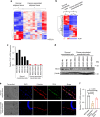
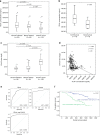
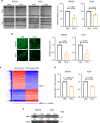
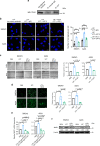
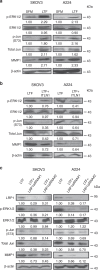
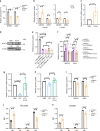
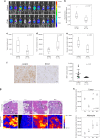
References
Publication types
MeSH terms
Substances
Grants and funding
LinkOut - more resources
Full Text Sources
Medical
Molecular Biology Databases
Miscellaneous

